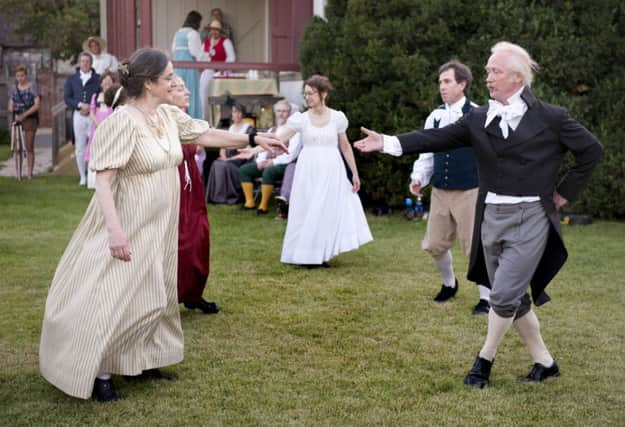Missouri French: Historians preserve dying dialect


So-called Missouri French is now spoken by fewer than 30 people in Old Mines, south-west of St Louis, although dozens of others can still rattle off phrases learned from childhood songs or overheard in conversations involving their parents and grandparents.
“When they didn’t want us to know what they talked about, they talked in French,” said Lucy Baquette, whose husband traces his regional roots back to the founding families of St Louis.
Advertisement
Hide AdAdvertisement
Hide AdMissouri French is one of only three dialects believed to have originated in the United States, and it remained in wide use well into the 20th century.
But the language has received far less attention from cultural historians and language experts than the Creole and Cajun French spoken in present-day Louisiana, and other variations heard in New England states along the Canadian border.
The language developed among French settlers who came to south-east Missouri by way of Canada nearly 300 years ago to mine lead from the northern Ozark mountains in a territory known then as Upper Louisiana. The dialect – also known as Missouri-Illinois French or “paw-paw French” for the region’s plentiful paw-paw trees – flourished in the isolation of communities such as Old Mines and was used by hundreds of families for generations.
Music scholar Dennis Stroughmatt first discovered it 20 years ago as a student at Southeast Missouri State University in nearby Cape Girardeau.
He befriended families in and around Old Mines in an effort to preserve the region’s music and language, recording oral histories and uncovering scratchy wax cylinder recordings.
In May, the Missouri Humanities Council honoured Mr Stroughmatt, citing his work to “revive an epoch of Midwestern history that was on the verge of extinction”.
“They have fought to keep their language and culture alive,” said Mr Stroughmatt, who moved to Quebec to further his French studies. “I want to do anything I can to help.”
Missouri French is an amalgam of Old Norman French, Native American languages and frontier English. The regional dialect was also spoken in surrounding mine-belt towns such as Bonne Terre, Valles Mines, De Sloge, De Soto and Ste Genevieve.
Advertisement
Hide AdAdvertisement
Hide AdThe language remained intact in Old Mines, which is a long way from major roads and railway lines, well after residents of other towns began speaking mostly English.
While European French speakers drive to the shops in their voitures, their Old Mines counterparts rely on chars – a word that means “tank” or “cart” to most other Francophones.
Carol Diaz-Granados, an anthropology researcher at Washington University in St Louis who studies the region’s Native American archaeology, heralded Mr Stroughmatt’s historical preservation efforts.
Missouri French “was on the verge of being lost”, she said. “People are passing away. It’s the end of an era.”
Ms Diaz-Granados is a board member of the Old Mines Area Historical Society, a volunteer group working to restore an old log cabin on the outskirts of town to serve as the centrepiece of a 19th century village and history museum commemorating the region’s French roots.
The belated appreciation of French heritage is emerging in a place where Missouri French speakers once faced scorn and ridicule for their strange tongue, particularly as public education and compulsory English lessons replaced church-based learning a century ago. The area’s unofficial slogan is a testament to its resilience: “On est toujours icitte.” “We are still here.”